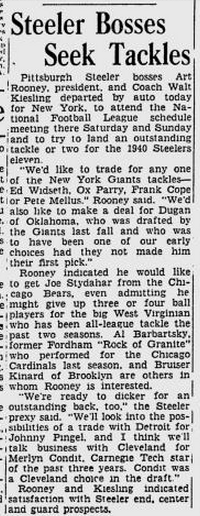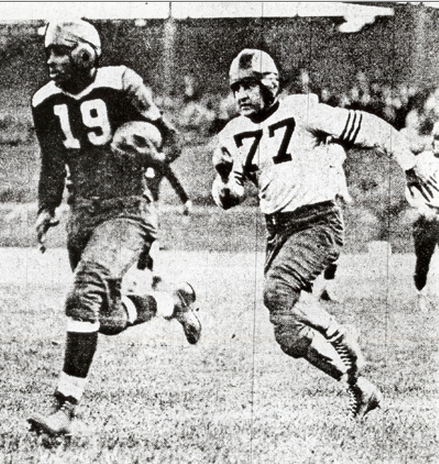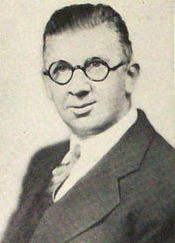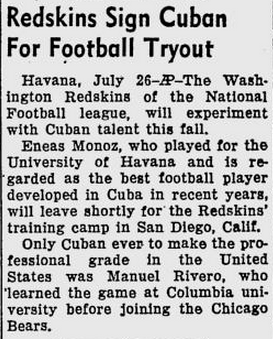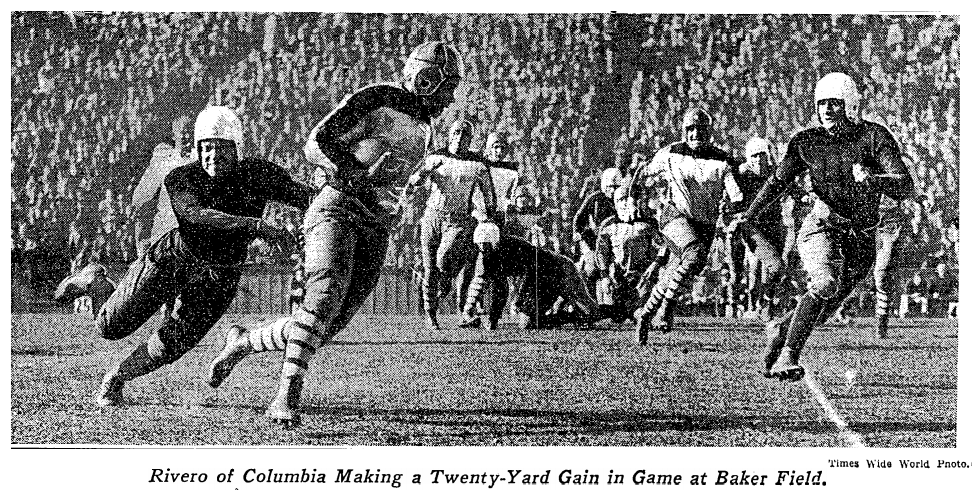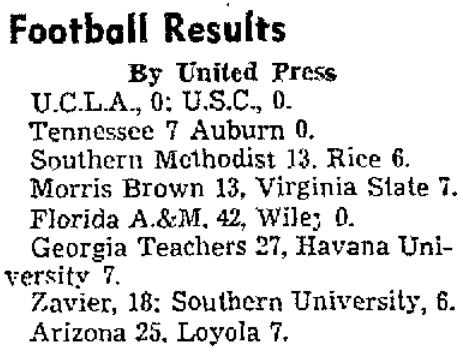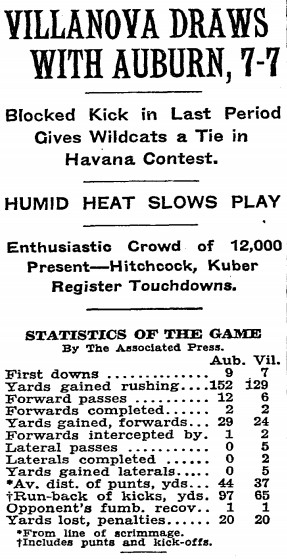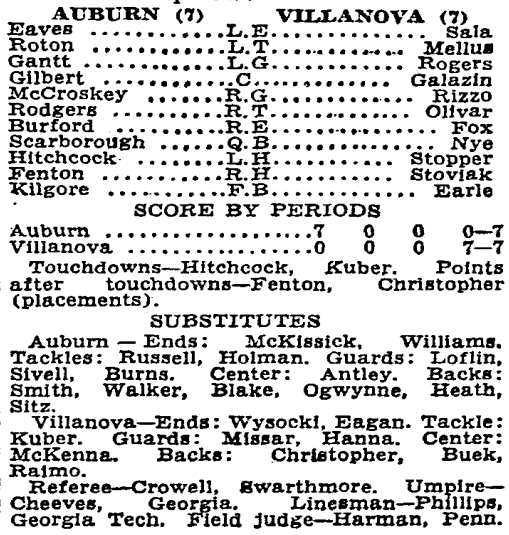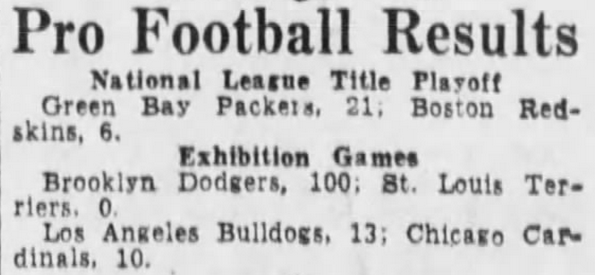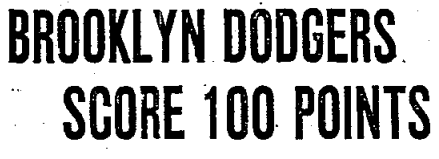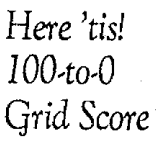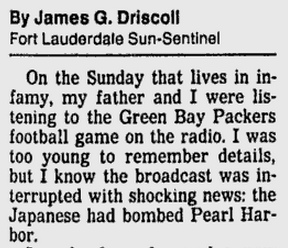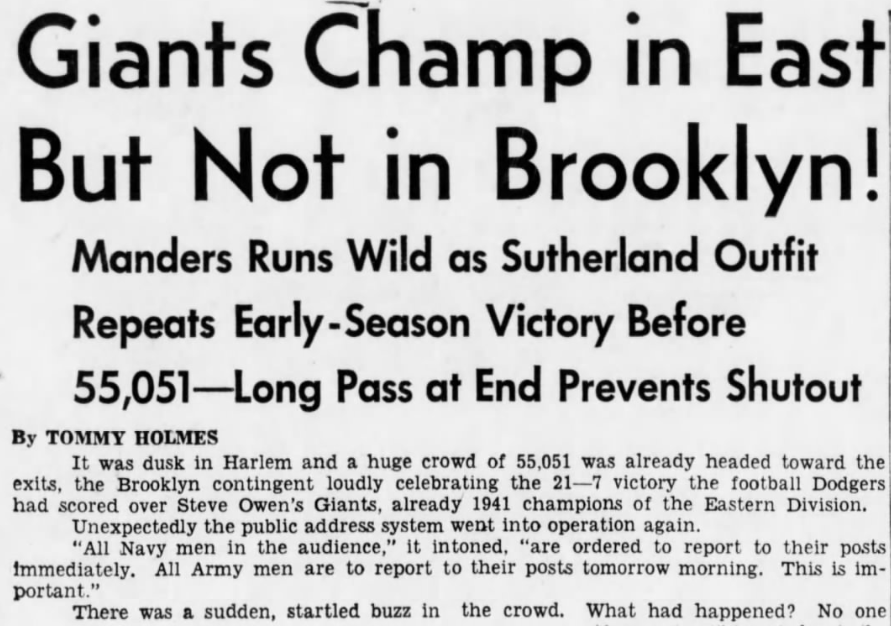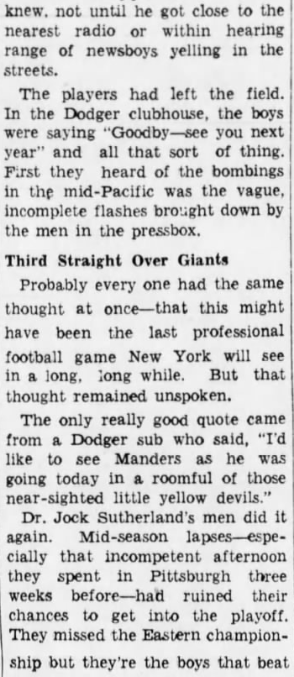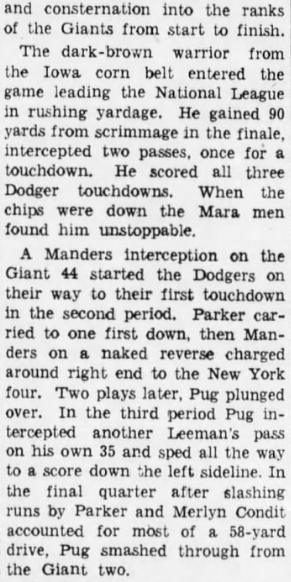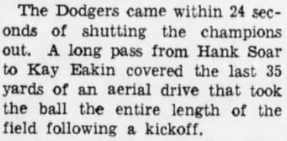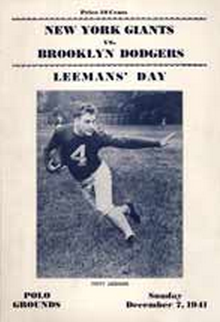There’s macro NFL history — George Halas, television, expansion, The Big Stuff — and then there’s micro NFL history . . . as personified by guys like Johnny Siegal. Siegal, a two-way end from 1939 to ’43, was the oldest living former Chicago Bear when died earlier this week at 97. That made him older than the league, and how many ex-players fall into that category anymore?
Though he was part of three title teams, Siegal had, by any other measure, a modest pro career. He was mostly a backup behind George Wilson, who later coached the Lions to a championship, and in five seasons had 31 receptions, six of which went for touchdowns. His obituary in the Chicago Sun-Times was downright perfunctory.
But Siegal had another role with the Bears — involving Hall of Fame quarterback Sid Luckman — that probably left a bigger mark on pro football. Why don’t I tell you about it?
In 1939, Johnny’s first season, Halas and his assistants were trying to reinvent the wheel. That is, they were developing the first modern offense: the T formation with man-in-motion. But they desperately needed a quarterback to run it, one who could really throw. With this in mind, Papa Bear traded end Eggs Manske for Pittsburgh’s first-round choice in the ’39 draft, and used the pick to select Luckman, the Columbia star.
But there was no guarantee in those days that a college player would move on to pro ball. It just wasn’t that glamorous a profession – or the greatest paying necessarily. Luckman’s first inclination was to go into the family trucking business, which had been suffering because of unusual circumstances: his father, who had mob ties, had been hauled off to prison for murder.
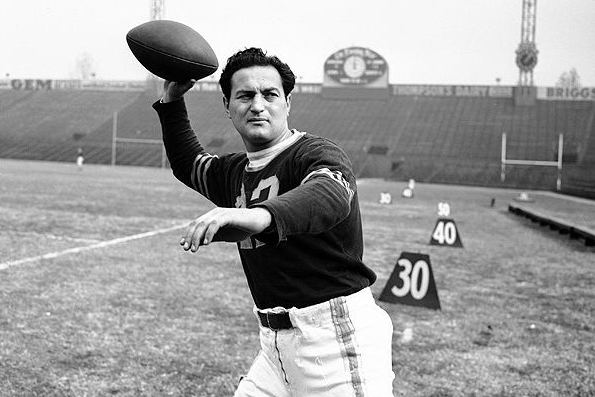
El Sid
After the draft, Sid said, “I discussed the possibilities of professional football offers with [Columbia coach Lou] Little several times, and he advised me against it. I don’t know exactly what Mr. Little has in mind for me, but if he says it’s good that’s good enough for me. It wouldn’t have made any difference if the Giants or [Brooklyn] Dodgers had drafted me. I still would turn down any offer to play professional football.”
But Halas was a persistent man, and the following July, just before camp opened, he talked Luckman into signing for $5,000. The decision came as a surprise even to Sid’s family, who were kept out of the loop until the deal was finalized.
Hoping to ease Luckman’s transition, Halas made a little-noticed trade three weeks later. He sent guard Gust Zarnas to Brooklyn for its 17th-round pick in the ’39 draft. The 17th-rounder was Siegal, who just so happened to be Sid’s favorite receiver at Columbia.
Halas knew the pressure his young quarterback would be under. Luckman would be joining a veteran team, one of the most successful franchises in sports, and – to complicate matters further – would have to make the difficult switch from single-wing tailback to T-formation QB. George just wanted to make Sid more comfortable, give him somebody familiar to throw to and, just as importantly, to talk to. Veterans in that era could be merciless on rookies, especially rookies who were making more money than they were.
How much Siegal helped Luckman survive the bumps and potholes can be debated, of course. What’s clear, though, is that — at the beginning, at least — Sid had few friends on the roster. Indeed, when he struggled at his new position, some vets went to Halas and told him he should trade the kid to his hometown Dodgers, who wanted him as a drawing card and could play him at tailback in coach Potsy Clark’s single wing.
Luckman was so overwhelmed those first few months that Halas lined him up at running back — just to get him on the field. Bears back Joe Maniaci told me that during camp, “I went over to Sid and told him, ‘Sid, I don’t know. I don’t think you’re going to hang around. It doesn’t look too good. There’s too many good runners and stuff.’ And he got mad at me, and we broke up as roommates.”
(Luckman and Maniaci, a Fordham grad, had been lifeguards together at Manhattan Beach. Joe had even gone to his wedding earlier that summer.)
Luckman (in my 1995 interview with him): “Dan Topping owned the Dodgers at that time — he eventually owned the New York Yankees — and he offered Halas $50,000 for me. But Halas absolutely refused to do it. The players [who tried to talk George into it] probably figured he could use that money to give them all a raise.
“At that point Halas had me at left halfback, because obviously I didn’t know anything about the T formation. But he brought in a coach named Carl Brumbaugh [one of the Bears’ early T quarterbacks], and every day after practice Carl and I would get together with one of the centers and work on the taking the snap and setting up on pass plays. It was very hard for me to get used to doing that. Over time, though, I won the respect of the players. They knew how hard I was working. They knew I was studying the plays every night. I’d take the playbook home and review everybody’s position.”

At late as Week 6, there was still speculation Luckman might get shipped to the Dodgers. On Tuesday of that week came this report in the Brooklyn Eagle: “Topping hasn’t abandoned his quest of luring Sid Luckman away from the Chicago Bears. He intends to wait until Sunday for an answer from the Bears, believing that after the Giants-Bears clash on Sunday, George Halas, Chicago boss, may part with the Chicago star.”
As it turned out, that Giants-Bears clash at the Polo Grounds was Luckman’s coming-out party as a T-formation quarterback. When Chicago fell behind 16-0, Halas put him at QB — and the rest is history. Sid led the Bears to two touchdowns in the final seven minutes, tossing a 68-yard scoring pass to helmetless end Dick Plasman and setting up another TD with completions of 53 and 30 yards. This was no ordinary Giants team, either. It finished 9-1-1 and went to the title game.
Afterward, Halas said, “Not a chance in a million of us letting Sid go. He’s a great player, and he fits in very well with our scheme of things. Besides, he seems to like the city of Chicago very much.”
To which the Eagle added: “Whether Halas was just as intent on keeping Luckman before yesterday’s game with the Giant[s] is something to conjure with. Everyone in football circles knew that Dan Topping, Dodger[s] owner, wanted Sid and wanted him badly. They knew that Dan had the bait out for him and that Halas had taken a little nibble.”
Luckman again: “I was probably more emotional and stressful in that particular game than in any other game I’d ever been in. My adrenal glands were really working. Of course, it was my first opportunity to play quarterback, and my family was there. [Herbert] Hawkes, the dean of Columbia, was there. Lou Little, the [Columbia] players and the coaching staff were there. And Paul Sullivan, my high school coach, was there. The [P.A.] announcer who announced I was coming into the game was a fella named Lou Wilson, who had become sort of a real good friend of mine. He’d come over to the house [in Brooklyn] to visit, and we’d go out to dinner once in a while.
“Anyway, I went in, and one of the halfbacks [Bob MacLeod] told me he could get behind the defender. I would have taken anybody’s play, I was so . . . in another world, you know? So I called his play – the stop and go – and sent him in motion, and he faked out the Giants[s] defender. I was so nervous, though, that I threw the pass end-over-end, and the Giants fella was waiting to intercept it. But [MacLeod] came in from behind and took the ball [away from him]. It was probably the worst . . . pass in the history of sports.”
For Sid Luckman, that’s where it all began. That was his first shaky step on the road to Canton. Two Sundays later he flipped a touchdown pass in the Bears’ 30-27 win over the Packers — who would go on to win the championship — and the next season he quarterbacked Chicago to the title . . . in 73-0 fashion. It was the first of four rings for Luckman in a seven-year stretch.
And it might never have happened if Halas, not always the most patient guy, hadn’t turned down a pile of money for him — in the midst of the Depression, no less. Would Luckman have had the kind of career with the Dodgers that he did with the star-studded Bears? Not likely. He also wouldn’t have transitioned to the T formation, which was made for him, so soon, and he might not have lasted 12 seasons. Tailback, let’s not forget, was a much more physically demanding position than quarterback. You were expected to be a running threat (and occasionally to block).
No, Chicago was the better place for Luckman — the ideal place, really — and Siegal’s presence was a small part of that. Somehow, Johnny found time to go to Northwestern Dental School in his off hours (as did fullback Bill Osmanski). That was Halas for you. He liked players who could win with their minds as well as their muscles.
(When Siegal went into the military during World War II, Hugh Fullerton Jr. of The Associated Press ran this funny item in his column: “Lieut. [jg] Johnny Siegal, former Columbia and Bears end, has left the Bainbridge [Md.] Naval Training Station to take up his new duties as dentist at Annapolis. Maybe Johnny isn’t going to help Navy put in the ‘T,’ but he’ll sure put in the teeth.”)
During the ’42 season, when the Bears came to Brooklyn, Luckman and Siegal spent their Saturday afternoon watching their alma mater beat Colgate. The star of the game was Columbia’s latest tailback sensation, Paul Governali, who hit 17 of 25 passes and threw for three touchdowns.
“He was better than Luckman ever was,” Little told the attending scribes, “and I never thought that would be possible to see. Of course, you must remember that Sid worked wonders with Paul during the summer and showed him how to move and throw. He ‘made’ Governali. Now Paul shuffles and cocks his arm just as Sid does. In fact, I think they are identical passers, or as close as any performers can be.”
While the Baker Field crowd cheered one of Governali’s TD tosses, Siegal leaned over to Luckman. “See?” he said, as only a longtime teammate can. “I told you Governali is a better passer than you are, and now I am sure of it.”
Sources: Brooklyn Eagle archives, pro-football-reference.com.
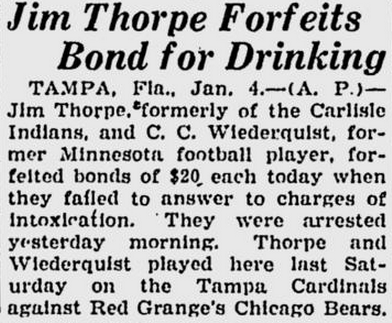
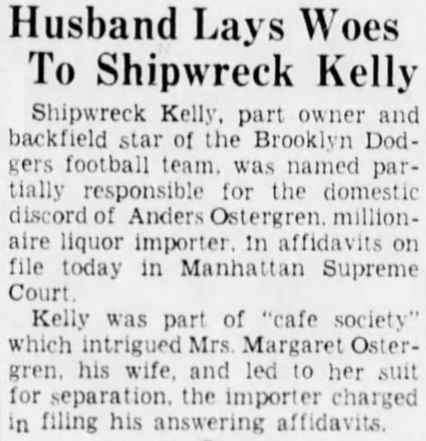 ● 1946: Double disaster.
● 1946: Double disaster.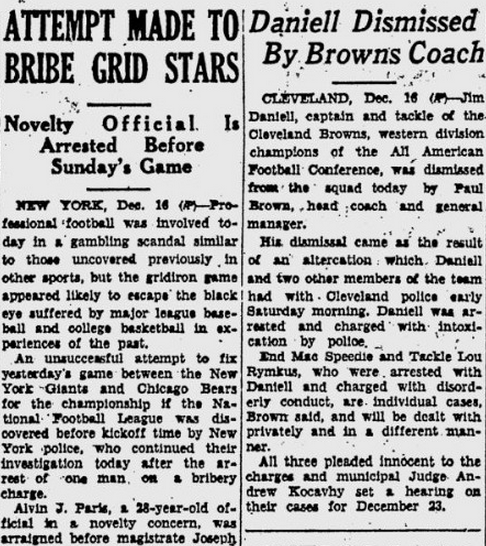
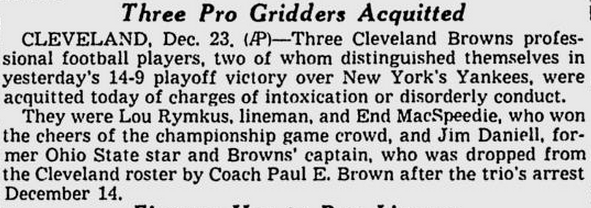 ● 1959: Another DUI charge for Bobby Layne.
● 1959: Another DUI charge for Bobby Layne.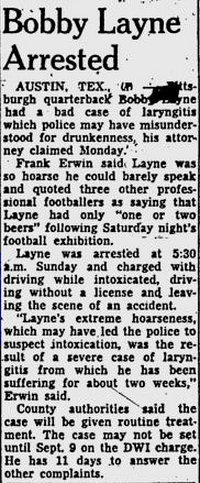 ● 1960: John Henry Johnson falls behind on his child-support payments.
● 1960: John Henry Johnson falls behind on his child-support payments. ● 1972: Karl Sweetan tries to sell his Rams playbook to the Saints, one of his former teams.
● 1972: Karl Sweetan tries to sell his Rams playbook to the Saints, one of his former teams.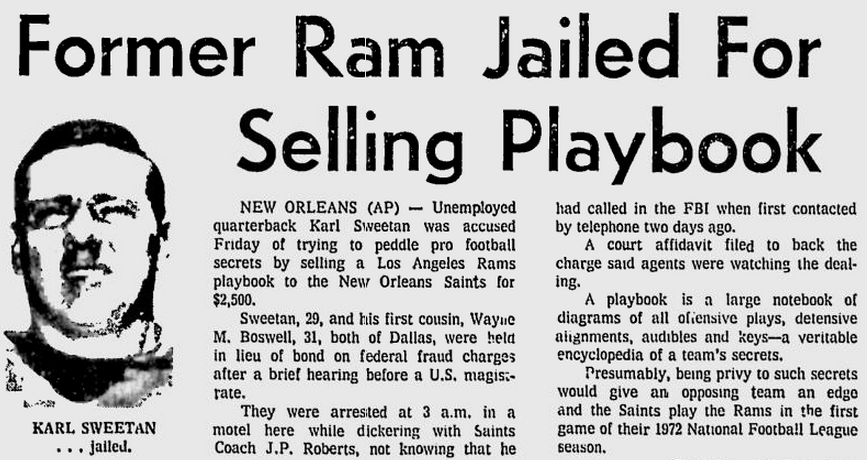
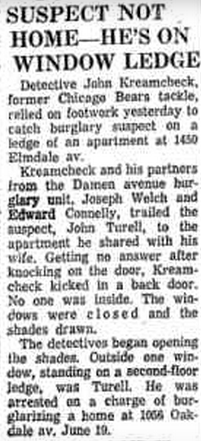 Sources: Google newspapers, Brooklyn Eagle archives, Chicago Tribune archives, pro-football-reference.com.
Sources: Google newspapers, Brooklyn Eagle archives, Chicago Tribune archives, pro-football-reference.com.


